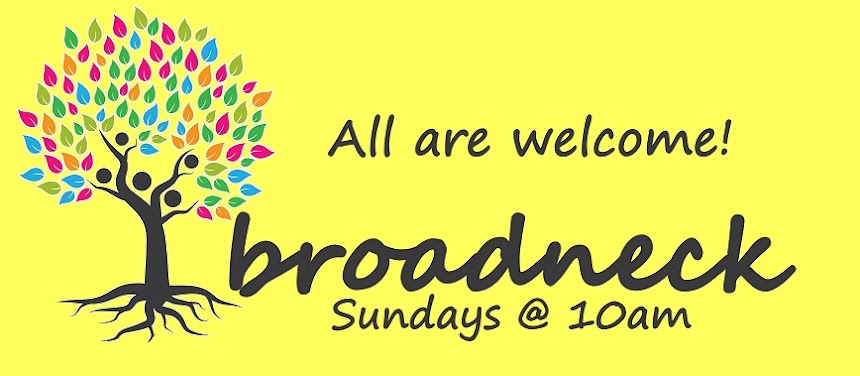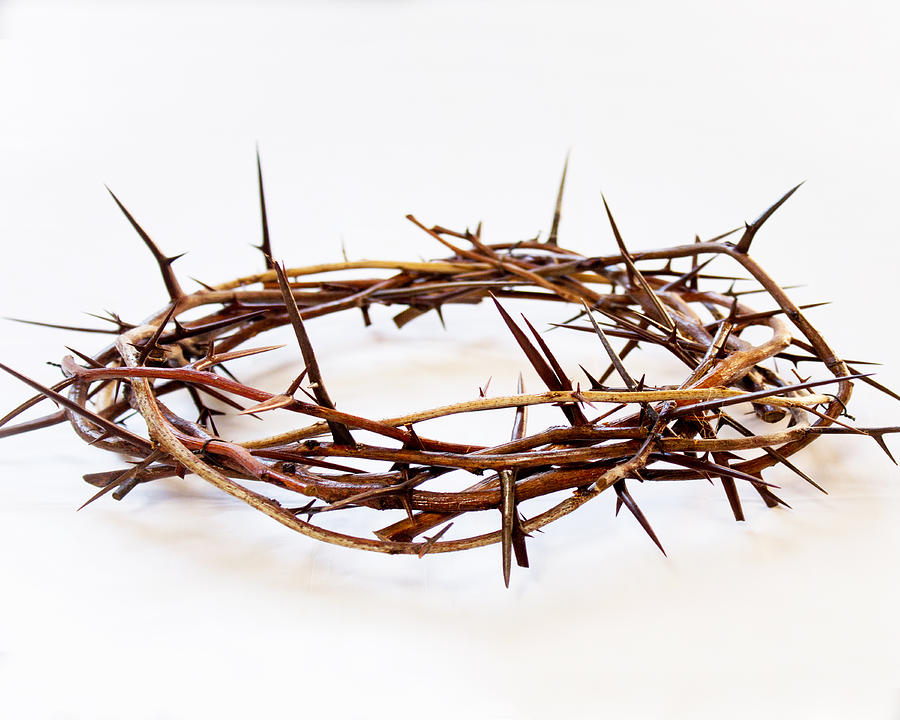Station 5: Judgment (Mark 15:1-5)
At daybreak, the chief priests—with the elders, legal experts, and the whole Sanhedrin—formed a plan. They bound Jesus, led him away, and turned him over to Pilate. Pilate questioned him, “Are you the king of the Jews?” Jesus replied, “That’s what you say.” The chief priests were accusing him of many things. Pilate asked him again, “Aren’t you going to answer? What about all these accusations?” But Jesus gave no more answers, so that Pilate marveled.
God of the accused
and the accusing,
who made the mouths, the ears and the hearts
of all in conflict.
May we turn ourselves towards that
which must be heard,
because there we will hear your voice.
Amen.
Padraig O Tuama. Daily Prayer with the Corrymeela Community . Canterbury Press Norwich.
A modern take: "Jesus before Pilate" by Jukara
Station 6: Crowning (John 19:1-3)
Then Pilate had Jesus taken and whipped. 2 The soldiers twisted together a crown of thorns and put it on his head, and dressed him in a purple robe. 3 Over and over they went up to him and said, “Greetings, king of the Jews!” And they slapped him in the face.
On Sunday we looked at images and meanings of many different crowns through history. Below are some of the images and summaries...how do these shed light on Jesus' crown of thorns?
The oldest and most noteworthy Roman crown was the corona civica. This crown commemorated someone saving the life of a fellow citizen. The rescued individual would personally fashion the crown for their savior out of oak leaves, and the crown wearer earned special rights and privileges. Any citizen could receive this crown; but other crowns could only be earned by leaders.
Believing themselves to be gods, many emperors wore the Corona Radiata as a symbol of their own divinity.
The crowns of Silla were made for rulers in the Korean kingdom of Silla around the 5th–7th centuries. The use of many tiny gold mirrors dangling from the crown has led some to hypothesize that the crown, worn in sunlight, would be a dazzling spectacle reinforcing the tradition role of the king as the symbolic representation of the sun on earth.
The Great Crown of Victory reserved for Thai kings is 26 inches high and weighs 16 lb. A king only wears this crown once, during his coronation, where he places the crown on his own head—no one else crowns him.
For centuries, the Imperial Crown of the Holy Roman Empire was used in the coronation of the King of the Romans, the title assumed by the Emperor-elect immediately after his election. Made right around the year 1000, it is decorated with 144 precious stones and four enamel plaques containing pictures and inscriptions from the Bible. One shows Christ enthroned between two cherubim beneath an inscription from Proverbs reading "By me kings reign”; another shows King David holding a scroll with words from the Psalms: "The renowned king delights in doing justice".
The Oba’s crown, worn by leaders of tribes of the Yoruba peoples in Western Africa as a sign of the leader’s authority. It fits over the leader’s face so that the individual is no longer seen; one only sees the crown. It has intricate beading, representing the Oba’s divine appointment and immense power to manipulate people and nature alike.
How does the only crown Jesus ever wore compare to these crowns in look? In meaning? What deep symbolism do you see in Jesus' crowning?









No comments:
Post a Comment